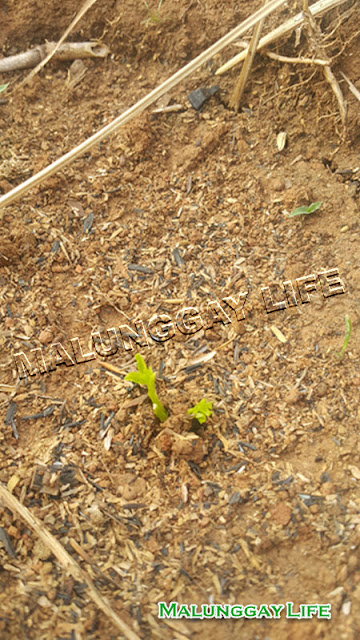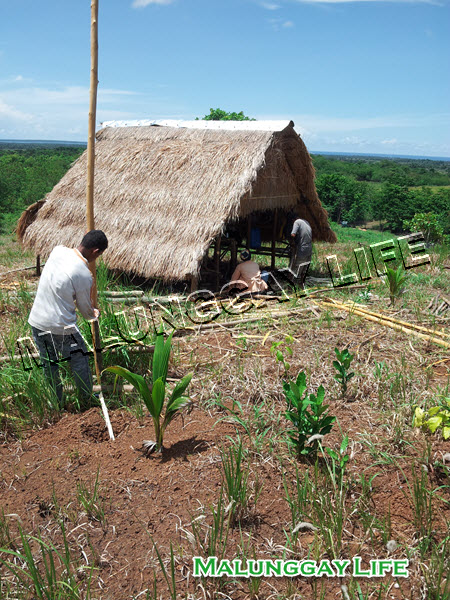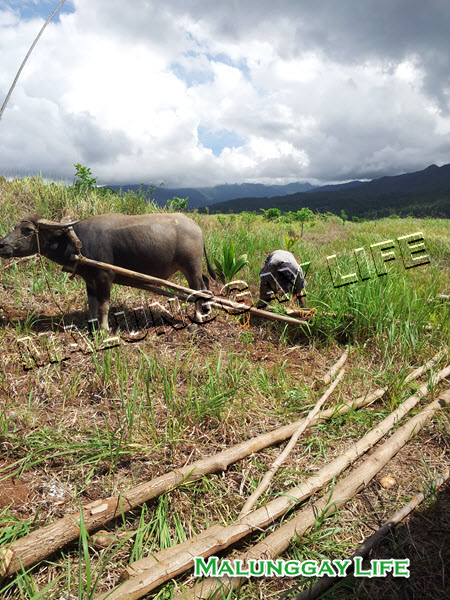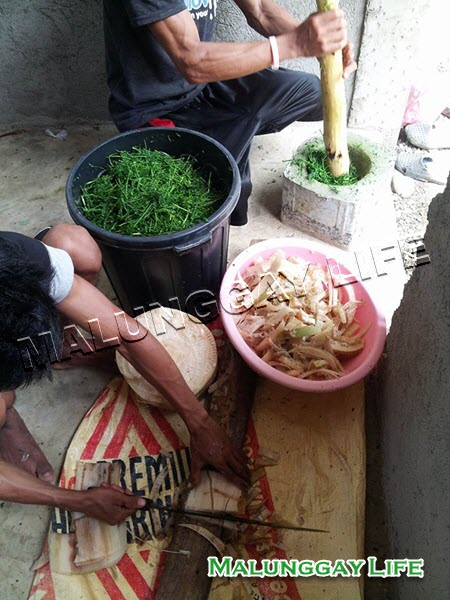| Moringa plants that have grown 2 meters in height |
This week, we have started pruning the tall moringa (malunggay) plants. Our moringa plants have grown to about 2 meters in height, so we have cut the stems and branches about 20 to 50 cm from the top. This is officially the first extensive pruning. We have already transplanted around more or less around 1800 seedlings but some are still young so they do not need pruning yet.
 |
| Our own compost bin / composter. We bring our kitchen scraps everyday to the farm instead of throwing them in the trash. |
 |
| Turning and aerating the compost regularly is important as the materials decompose. |
We have also started direct seeding of moringa seeds! It's the rainy season, so it's the perfect time to plant them directly on the soil. We sow the seeds at a depth of 2cm with 2 to 3 seeds per hole.
On my next blog post, I will show some of the fruit plants and trees we have planted. Till next post!































